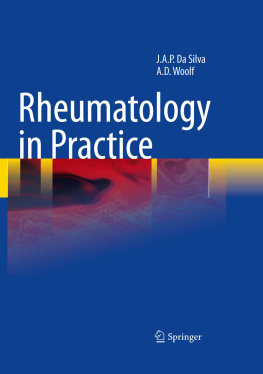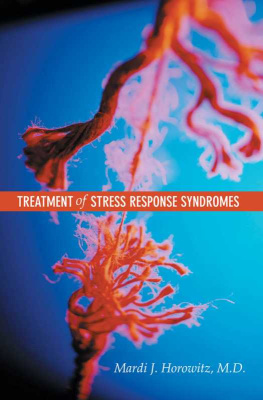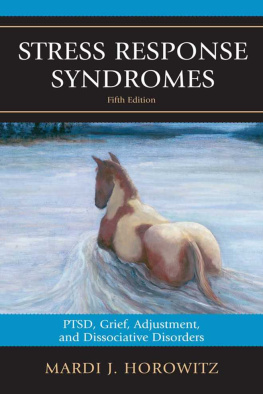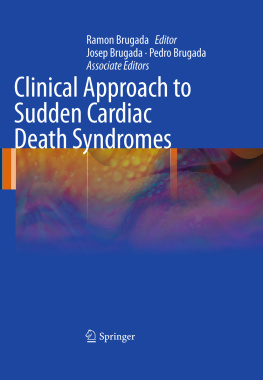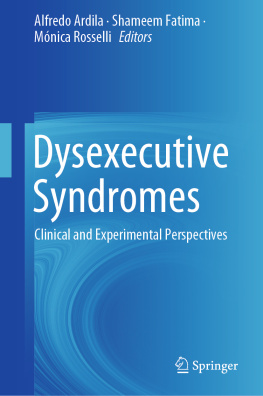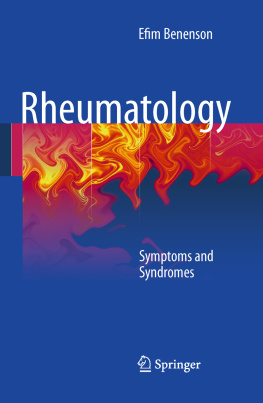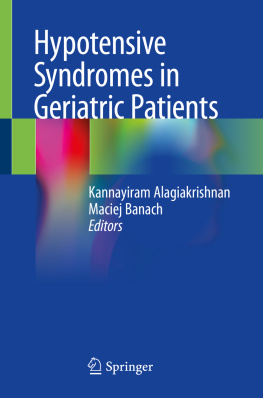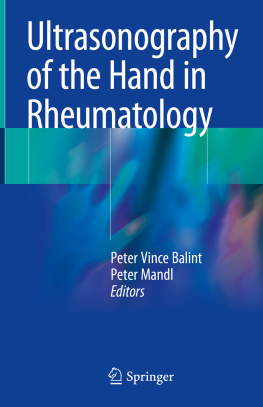Jose Antonio Pereira da Silva and Anthony D. Woolf Rheumatology in Practice 10.1007/978-1-84882-581-9_1 Springer-Verlag London 2010
Rheumatology is the branch of medicine that deals with the treatment (preventive, active and rehabilitative) of patients suffering from joint and musculoskeletal diseases, including diffuse diseases of the connective tissue, but excluding trauma.
Rheumatic diseases are the most common chronic sources of pain, suffering and physical disability in humans. They are most common in the elderly, but may affect all age groups.
Independent studies have shown that, at any given time, 3040% of the population have musculoskeletal signs and symptoms, such as pain, swelling or limited mobility. Most people over the age of 70 have chronic or recurring rheumatic symptoms.
Studies conducted in Portugal and other countries have shown that about 25% of all visits to general practitioners are the result of musculoskeletal complaints, and that about 40% of patients going to see their family doctors have musculoskeletal problems.
They are the main cause of inability to work and early retirement, which emphasizes their enormous social and economic impact.
More than 150 conditions are classified as rheumatic diseases, each with its own pathogenesis, clinical picture, treatment and prognosis. It is essential to identify each condition and its variations if treatment is to be successful.
Currently, we have a wide variety of treatments at our disposal, which, when used carefully, will yield positive results in the vast majority of patients, not only in terms of relieving pain and suffering, but also in preserving long-term articular structure and function. While it is true that rheumatic diseases can rarely be cured completely, there are useful, effective treatments for all of them. Indeed, the inability to cure is not specific to rheumatic diseases but is common to almost all areas of medicine. Based on a relatively simple but sound clinical background, a doctor dealing with rheumatic patients can be sure of making an important contribution towards prolonging and improving the quality of the patients life, which is, of course, the main goal of medical practice. Patients appreciation of their doctors intervention is a great source of professional fulfillment experienced by those who devote themselves to this type of pathology.
It is therefore important to eliminate the term rheumatism from our medical and everyday vocabulary, not only because it gives an inaccurate, all-encompassing idea of our medical knowledge in this area, but because it is associated with a fatalistic vision of suffering and relentless progression, all of which is far from the truth. We therefore suggest that the different conditions that used to be lumped together under the umbrella term rheumatism should be referred to as rheumatic diseases, which helps us to remember that we are talking about a number of different conditions and not just one.
The professional satisfaction of studying and treating rheumatic patients has special dimensions deriving from the very nature of these conditions. The diagnostic approach is essentially clinical. The basis for an accurate diagnosis lies in the doctors clinical ability, and in the precision and thoroughness he puts into the clinical examination. Here, laboratory tests are merely complementary to our knowledge and skills, giving us full domination of the medical process. Rheumatic diseases are often multi-system, and may involve virtually all the bodys organs. Doctors who devote special attention to rheumatic diseases have plenty of opportunity to exercise the holistic and pathophysiological reasoning that constitutes one of the greatest pleasures for those who really love medicine. We cannot, and should not, forget that patients are human beings, and must bear in mind not only their disease, but also its impact on their ability to enjoy life.
Finally, in recent years, rheumatology has achieved extraordinary progress in scientific understanding of rheumatic diseases, with ramifications that involve almost all fields of basic sciences and research, from regulation of the bone and energy metabolism to more advanced immunology and molecular biology. Physicians will find an exceptional opportunity to exercise their scientific curiosity and their taste for technology and advanced research, without losing sight of the actual patient.
Jose Antonio Pereira da Silva and Anthony D. Woolf Rheumatology in Practice 10.1007/978-1-84882-581-9_2 Springer-Verlag London 2010
2. Pain, Disease and Suffering an Integrated Perspective
Rheumatic diseases are ideal for illustrating the difference between a disease (a confirmed biological or structural anomaly) and the overall impact it has on the patient (illness). At one extreme, let us consider a patient with fibromyalgia who complains of continuous, excruciating, incapacitating pain for which there is no satisfactory anatomical or biological explanation at present, accompanied by anxiety and psychosocial difficulties. At the other extreme, we have a patient with rheumatoid arthritis, involving massive destruction of the joints and marked functional disability who has managed to maintain a good quality of life, because he or she has adapted well to their condition.
The two conditions are completely different. Disease is certainly more severe and obvious in rheumatoid arthritis, but suffering seems much greater in the patient with fibromyalgia. Can a physician separate these two aspects and deal with only one of them?
2.1 Understanding Pain
Pain is the dominant symptom of rheumatic diseases. It is not only the main cause of suffering and therefore the main reason why patients seek medical help, but also the main key to diagnosis. The ability to explore clinically and understand pain is absolutely crucial to diagnosis in rheumatology. Although it seems to be a monotonous symptom that is not worth any thorough investigation, we will see that, when properly analyzed, its minute variations can be extremely useful when making a diagnosis.

